11111
In the realm of industrial materials and architectural design, expanded metal products have emerged as versatile solutions for the balance of strength, functionality, and aesthetics. The expanded metal plate, 3 4 9 raised expanded metal, expanded copper sheet, lightweight expanded metal, and expanded stainless variants each offer unique advantages, catering to diverse needs across construction, manufacturing, and design sectors.
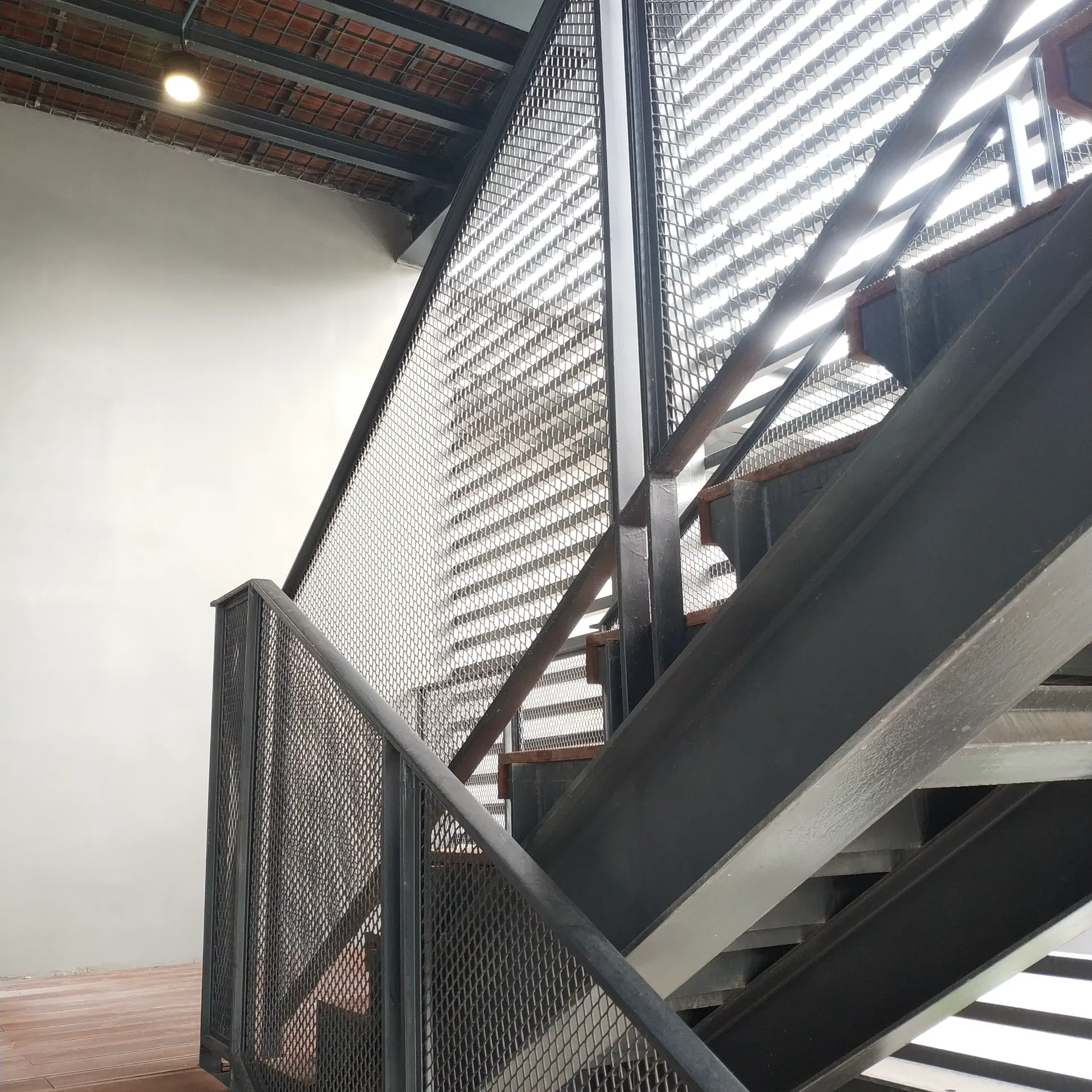
The Utility and Design Flexibility of Expanded Metal Plate
Expanded metal plate is a foundational product in the expanded metal category, valued for its durability and open - mesh structure. In industrial settings, this plate is often used for walkways, platforms, and fencing due to its ability to withstand heavy foot traffic and harsh environmental conditions. For example, in warehouses or factories, expanded metal plate can be installed as safety barriers, providing visibility while preventing falls or unauthorized access. Its design allows for efficient drainage and ventilation, making it suitable for outdoor applications like drainage covers or ventilation grilles. Architects also incorporate expanded metal plate into building facades, using its geometric patterns to create visually striking screens that offer shade and privacy without compromising natural light.
Exploring the Structural Advantages of 3 4 9 Raised Expanded Metal
The 3 4 9 raised expanded metal stands out for its unique raised design, which enhances its mechanical properties. The "3 4 9" typically refers to specific dimensions of the mesh, such as the spacing between openings and the length of the strands. This raised structure creates a three - dimensional texture, increasing the metal’s rigidity and load - bearing capacity. In construction, 3 4 9 raised expanded metal is used in reinforced concrete applications, where its raised profile improves the bond between the metal and the concrete, enhancing the structural integrity of walls, floors, and ceilings. Additionally, in heavy - duty industrial environments, this type of expanded metal is ideal for creating robust security panels or machine guards, as the raised design adds an extra layer of resistance to impact and forced entry.
The Conductive and Decorative Appeal of Expanded Copper Sheet
Expanded copper sheet combines the electrical and thermal conductivity of copper with the open - mesh benefits of expanded metal. In electrical engineering, this sheet is used for grounding systems, heat sinks, and electromagnetic interference (EMI) shielding. For instance, in data centers or telecommunications facilities, expanded copper sheet can be installed as part of grounding networks to ensure safe and efficient discharge of electrical currents. Beyond functionality, expanded copper sheet offers aesthetic appeal due to copper’s warm, metallic tone. Interior designers often use it for decorative panels, room dividers, or lighting fixtures, where its intricate mesh pattern creates a visually dynamic effect. Over time, copper develops a natural patina, adding character and depth to architectural elements.
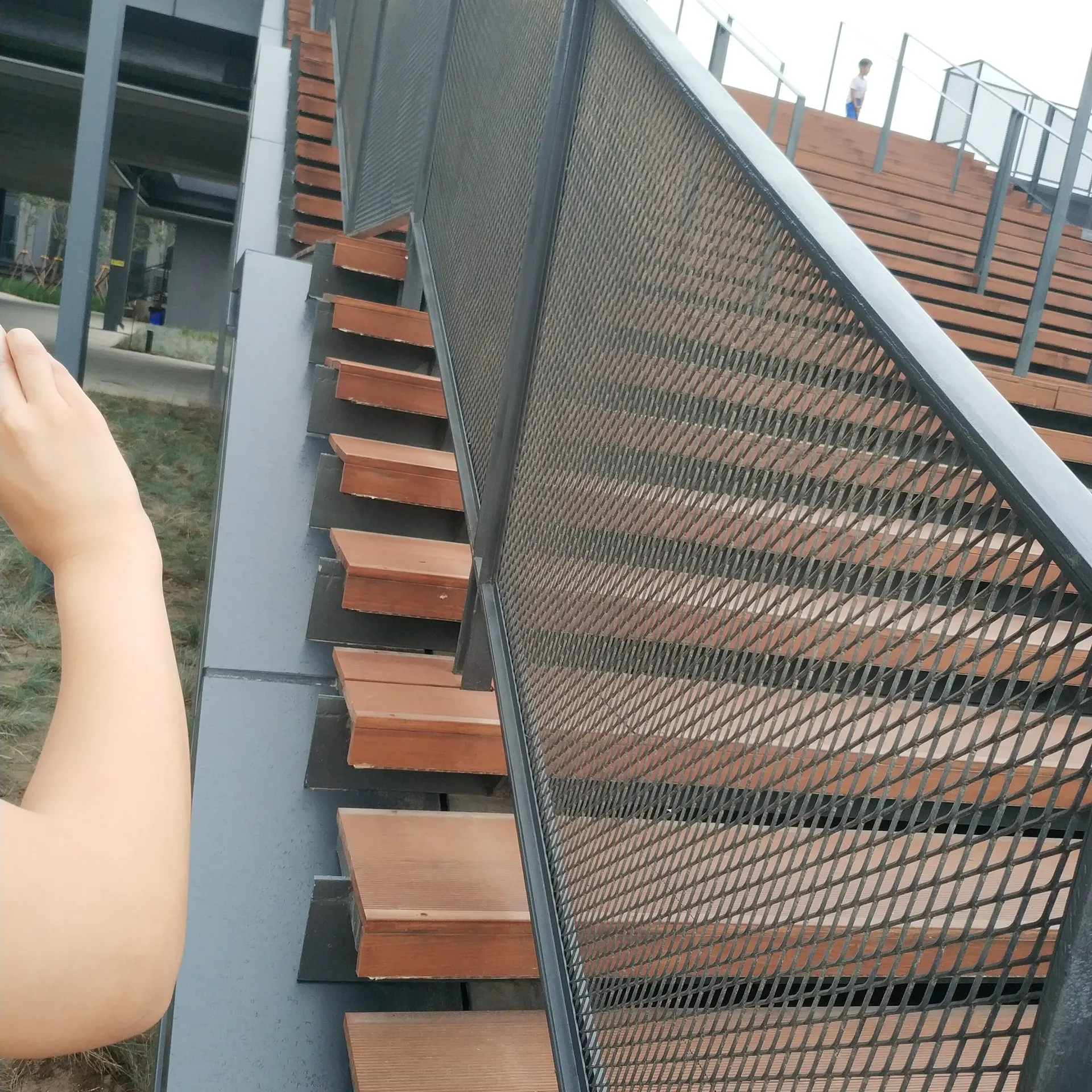
Lightweight Expanded Metal: Balancing Strength and Ease of Use
Lightweight expanded metal is engineered to provide strength without the bulk of traditional metal sheets. Made from materials like aluminum or steel, this variant is processed to create a lattice of interconnected strands with large open areas, reducing weight while maintaining structural stability. In the automotive and aerospace industries, lightweight expanded metal is used for components such as engine covers, ventilation panels, and interior trim, where reducing weight improves fuel efficiency without compromising safety. In modular construction, it serves as a lightweight yet durable material for partitions, ceilings, and shelving systems, simplifying installation and reducing transportation costs. Its versatility also extends to outdoor applications, such as lightweight fencing or garden trellises, where ease of handling and corrosion resistance are essential.
The Durability and Hygiene of Expanded Stainless Steel
Expanded stainless steel is prized for its exceptional corrosion resistance, hygiene, and aesthetic appeal. In food processing facilities, hospitals, and pharmaceutical environments, this material is used for wall cladding, drain covers, and equipment guards, as its non - porous surface resists bacteria growth and is easy to clean. The expanded stainless steel mesh is also a key component in architectural projects in coastal or high - moisture areas, where its resistance to saltwater and oxidation ensures long - term durability. For example, in waterfront buildings, expanded stainless steel can be used as exterior screens or railing infills, maintaining a sleek appearance while withstanding harsh weather conditions. Its strength and modern look also make it a popular choice for contemporary furniture and decorative accents.
FAQ: Key Insights into Expanded Metal Products
How does the design of expanded metal plate affect its load - bearing capacity?
The load - bearing capacity of expanded metal plate depends on factors such as the metal’s thickness, the size of the mesh openings, and the orientation of the strands. Plates with smaller mesh openings and thicker materials generally offer higher strength. The manufacturing process, which involves slitting and stretching the metal, aligns the strands to distribute weight evenly across the surface, enhancing its structural integrity.
What are the primary advantages of 3 4 9 raised expanded metal over flat expanded metal?
The raised design of 3 4 9 raised expanded metal increases its rigidity and resistance to deformation under load. The three - dimensional structure also provides better grip, making it suitable for walkways or stair treads where slip resistance is critical. Additionally, the raised profile can enhance the visual texture of the material, making it a popular choice for decorative applications that require both form and function.
Can expanded copper sheet be used for outdoor architectural projects?
Yes, expanded copper sheet is suitable for outdoor use. While copper is naturally resistant to corrosion, it may develop a green patina over time when exposed to moisture and air, which can be desirable for aesthetic reasons. For projects where a consistent finish is required, coated or treated copper variants can be used to minimize patina formation or enhance weather resistance.
How does lightweight expanded metal achieve its reduced weight without sacrificing strength?
Lightweight expanded metal achieves its balance of weight and strength through its unique manufacturing process. By stretching the metal to create a lattice of strands with large open spaces, the overall material volume is reduced, but the interconnected strands maintain structural continuity. This design allows the metal to distribute loads efficiently, making it stronger per unit weight than solid sheets.
What maintenance is required for expanded stainless steel in high - corrosion environments?
Expanded stainless steel requires minimal maintenance due to its inherent corrosion resistance. Regular cleaning with a mild detergent and water is usually sufficient to remove dirt or debris. In highly corrosive environments, such as near saltwater, occasional rinsing to remove salt deposits can help preserve the material’s finish and performance over time.

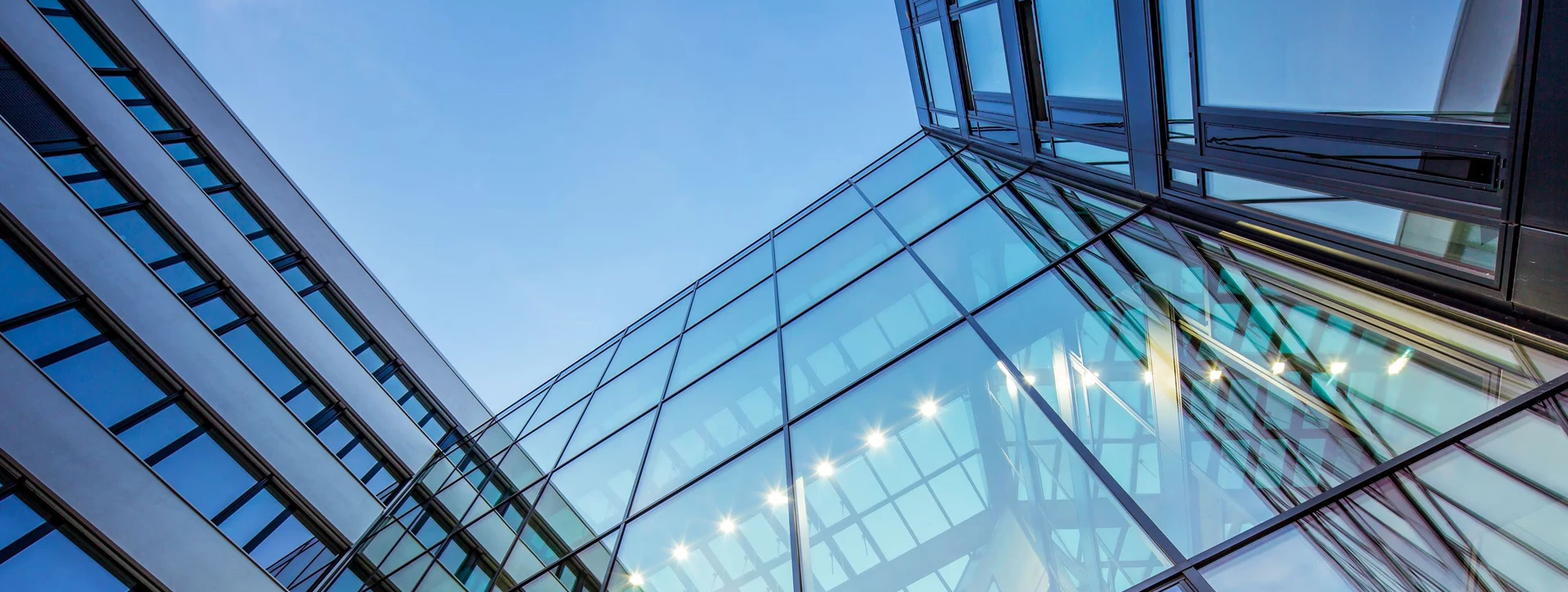
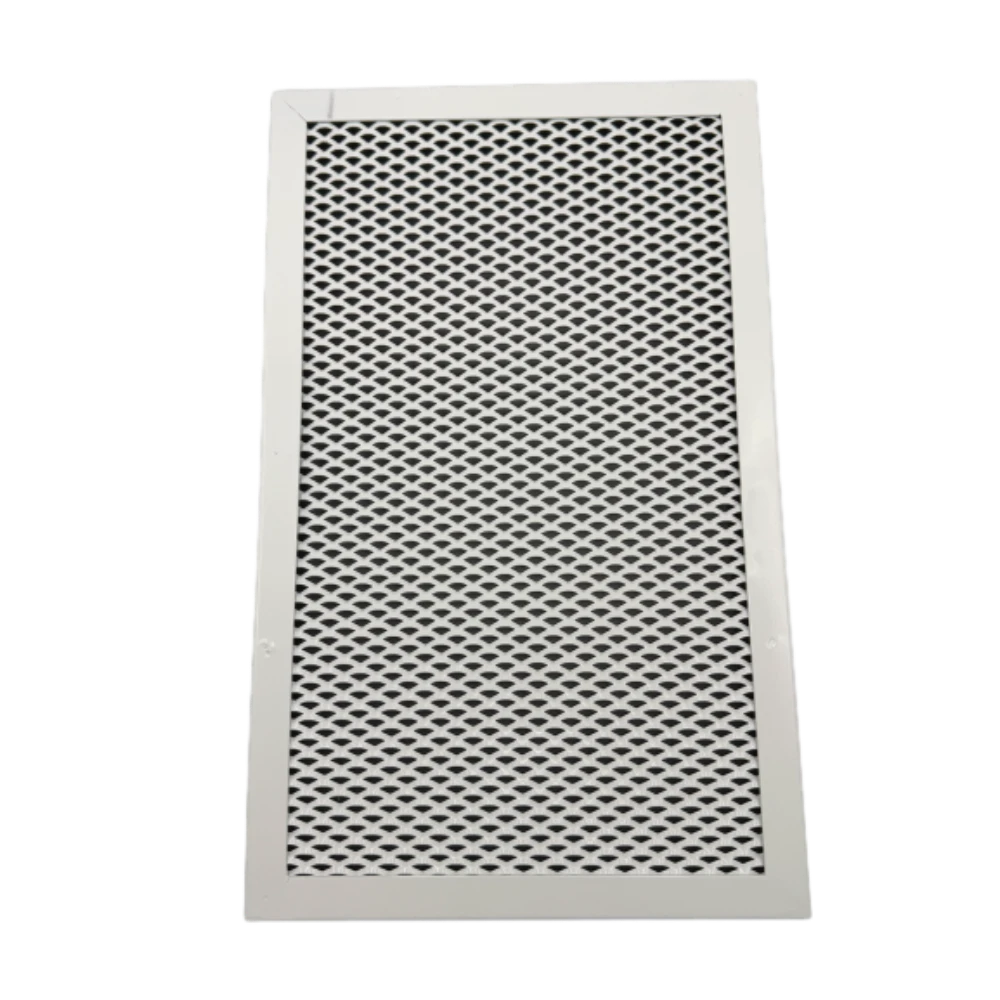

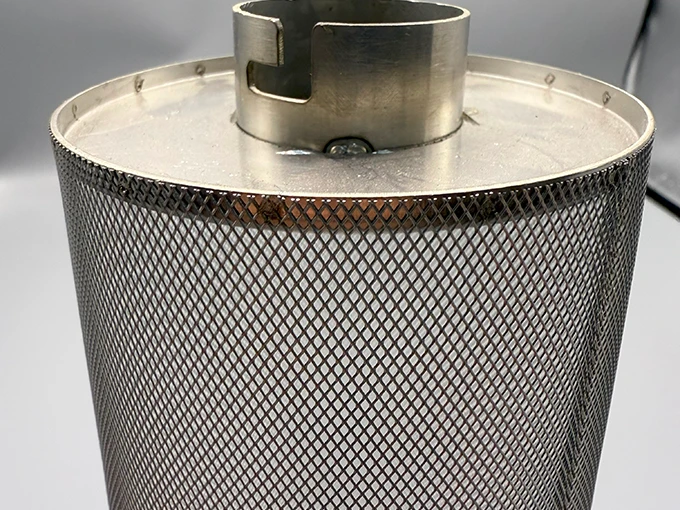
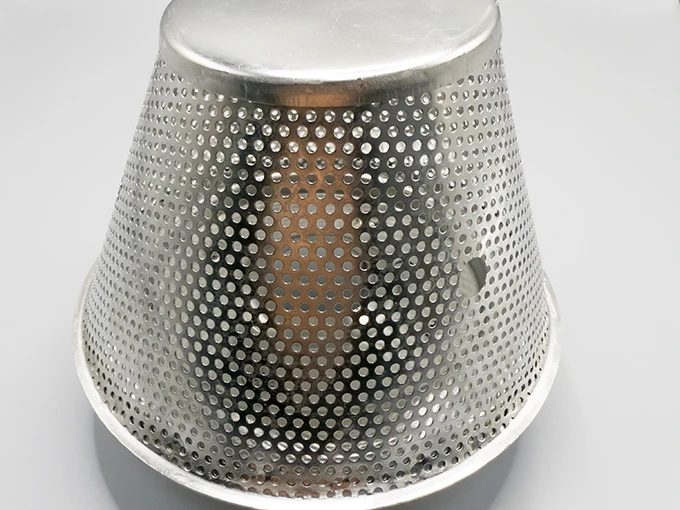












![$item[título] $item[alt]](https://www.ccmetalmesh.com/images/cc-7691.webp)

